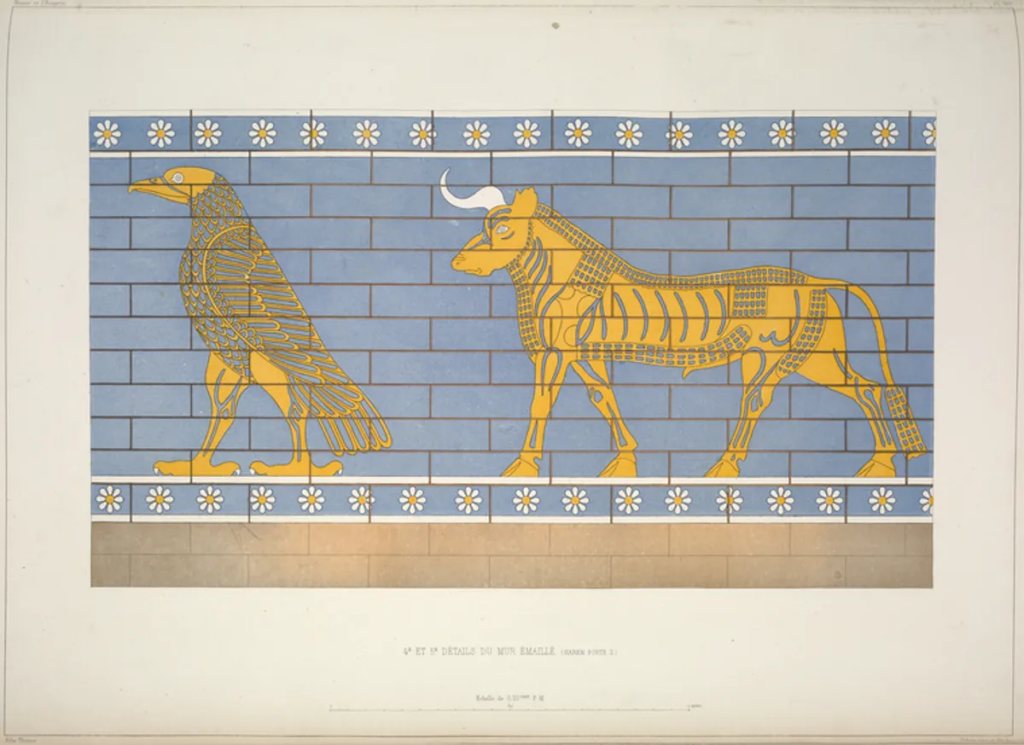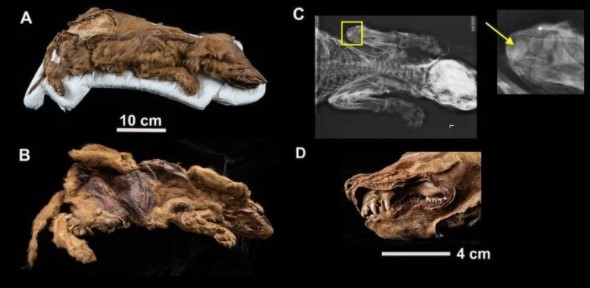A recent study published in the journal Nature offers a new look at the people of the Avar Khaganate, a nomadic group that occupied a significant niche in European history during the Dark Ages. After analyzing the DNA of 424 people of this era, scientists built a detailed picture of their family and social structure.

The Avars, who originated in what is now Eastern Mongolia and Central Asia, migrated to Eastern and Central Europe in the mid-6th century, creating a formidable state known for their military prowess. Their society, which often clashed with Byzantium and later clashed with Charlemagne's growing empire, is shrouded in mystery and has limited historical evidence beyond that left by Byzantine historians.
This ground-breaking study focused on the extraction and analysis of genetic material from bones collected from four large Avar cemeteries in present-day Hungary. These sites provide a rich picture of the Avar civilization, displaying a variety of burial traditions that reflect different origins and social stratification.
To the west of the Tisza, where the heart of the Avar empire lay, there were widespread elite burials filled with gold and silver. Genetic analysis of these people indicates a predominantly East Asian heritage. Conversely, to the east of the Tisza, burials differed in less luxury, but often contained horses and harnesses, which indicates a combination of Western and Eastern Eurasian genes. This mixture probably took place among the steppe tribes of the Pontic-Caspian region long before the emergence of the Avar Khaganate.
In another cemetery, the absence of precious metals and horse burials, as well as the predominantly Caucasian genetic composition of the buried, testify to the assimilation of the local European population in the Avar environment. This indicates a complex pattern of conquest and cultural integration.
The study also delved into the social dynamics of the Avars, revealing a rigid patrilineal system where lineage was traced from father to son, and marriages took place mostly within the community, maintaining genetic links between generations. Interestingly, evidence suggests that Avar men often had multiple wives around the same age, suggesting polygamous practices. For women with multiple reproductive partners, a widow usually married a close relative of her deceased husband, a common practice among pastoralist societies that maintained patrilineal traditions.
This study not only sheds light on the genetic origins and social practices of the Avar Khaganate, but also makes a significant contribution to our understanding of the complexities of human migration and interaction during a pivotal period in European history. The results of the study shed light on the complex relationship between genetics and social structures and provide a clearer picture of the nomadic tribes that once roamed the Eurasian steppes.


 1789
1789












